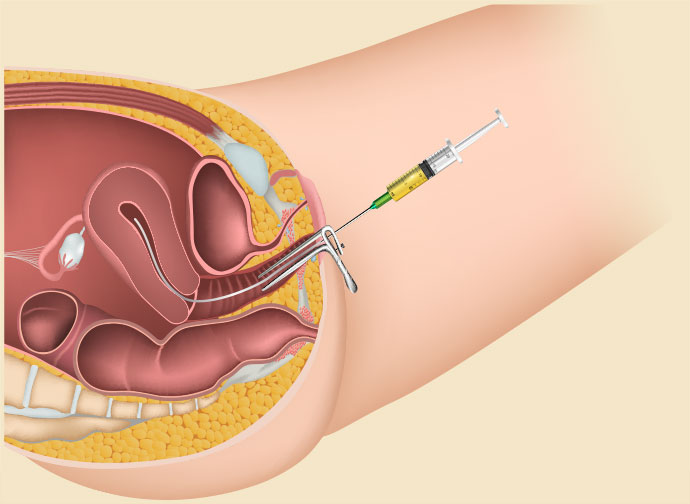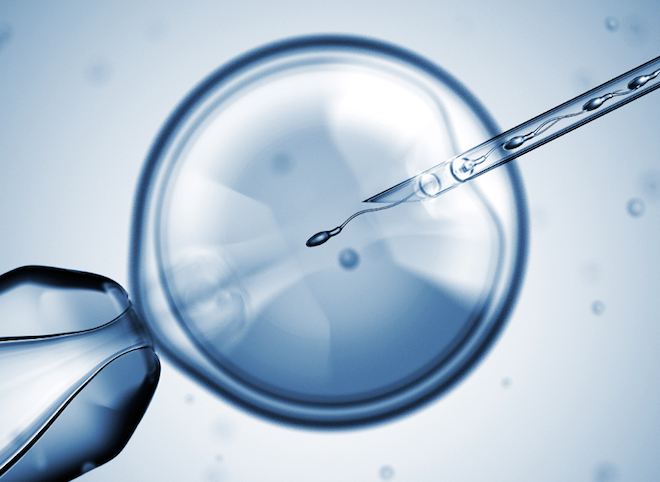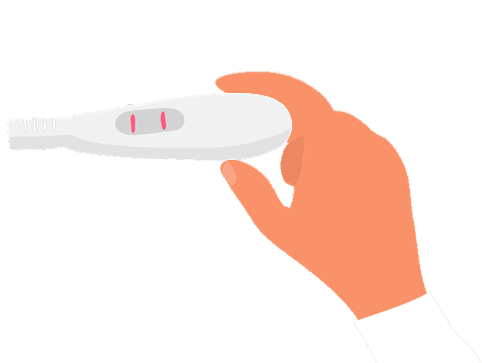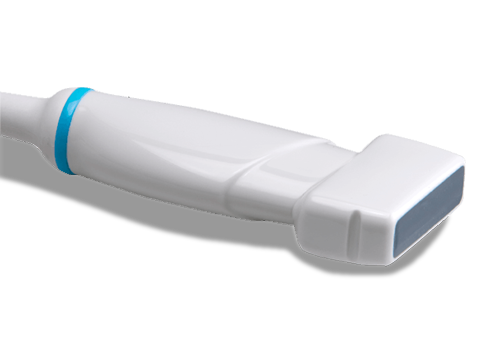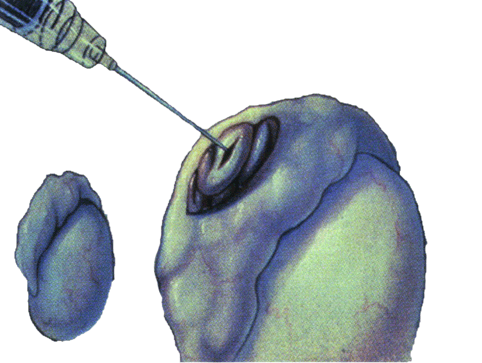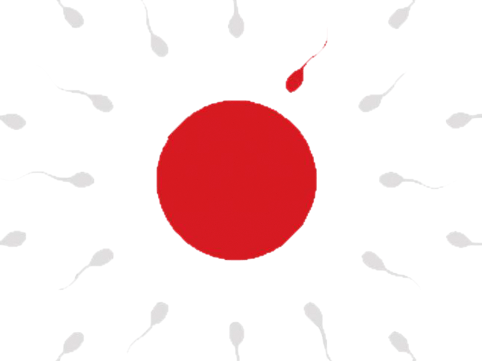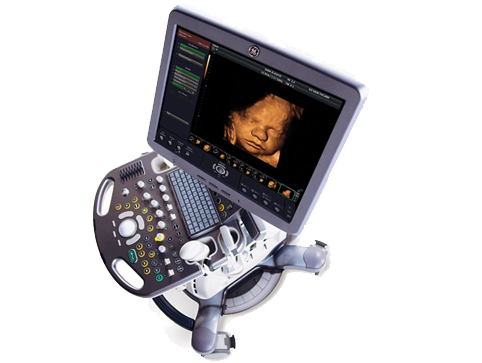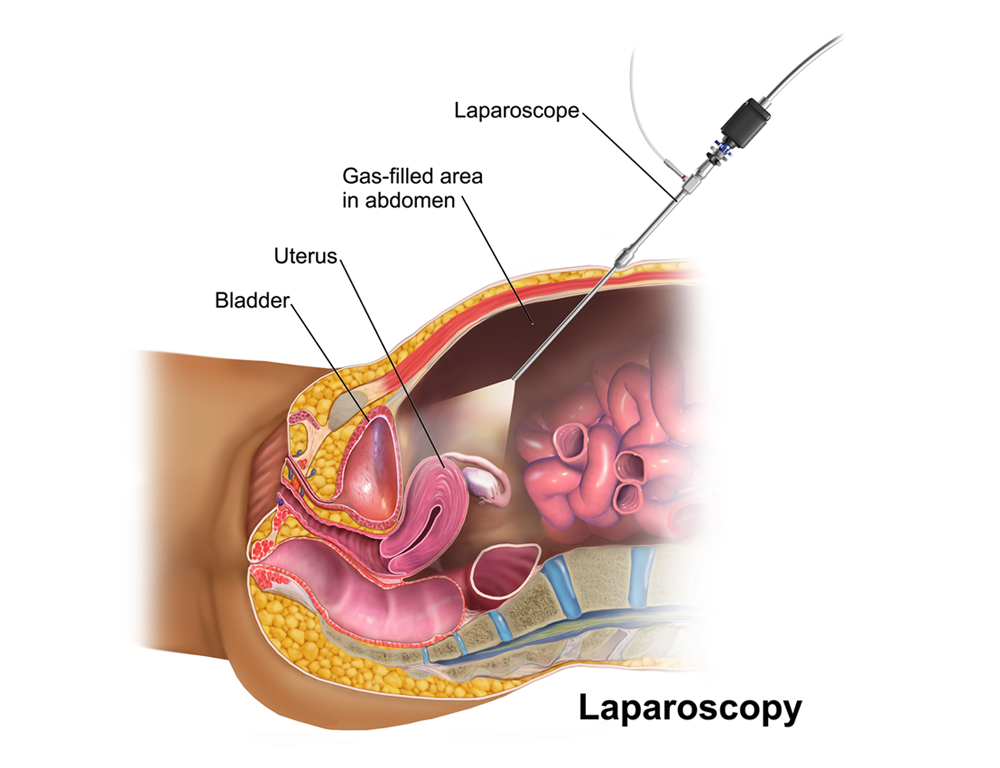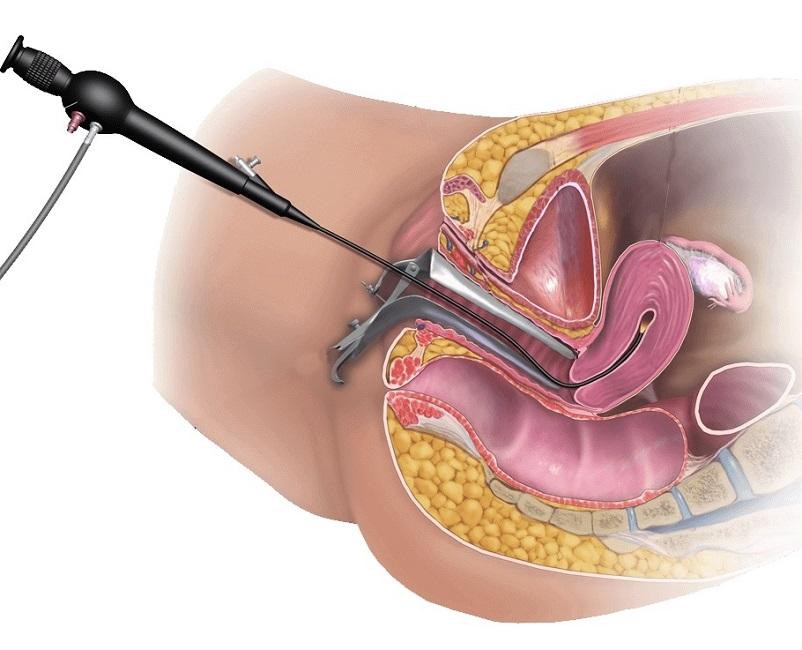What is Laparoscopy?
- Laparoscopy is a advanced operative procedure.
- A Laparoscopy is a type of key hole surgery used to inspect & operate on the organs inside the abdomin and pelvic area.
- During Laparoscopy a small cut (5mm) is made on the abdomen near umbilical a thin tube containing a light and camera is inserted
to look inside the abdomen and pelvic.
- Co2 Gas is used to inflate the belly so the surgeon can see organs properly.
- One or more other small cuts (5mm) may be made for other Instruments if needed.
Advantage
- Laparoscopy is a minimally invasive surgery.
- You will be able to go home the same day of your surgery.
- You can get back to your normal activities sooner.
- Small cuts & small scar ; feel least pain.
Adhesiolysis – If uterus, fallopian tubes and ovaries are adherent to internal abdominal organs with the help of Laparoscopy adhesion can be removed by using Sharp / Blunt dissection as per need.
Ovarian Cyst Removal – If there is a Cyst in ovary cyst wall can be removed with help of laparoscopy.
Myomectomy – Myomectomy means removal of fibroids in uterus with the help of Laparoscopy. Big fibroid tumor can be removed from abdomen in to small
pieces with help of specilized Instruments called morcellator. Bed of fibroid tumor can be sutured with special suture material to avoid Bleeding.
Hydrosalpinx – Infected and damaged fallopian tube can be treated or removed if needed.
Ectopic Pregnancy – Ectopic tubal Pregnancy (Instead of uterus rarely pregnancy sticks to fallopian tube) can be removed with laparoscopy.
PCO Drilling – Some time female ovaries having more number of eggs (PCOS) can be treated by passing thermal current with special needle and making
ovaries normal size called pco drilling. Which helps to produce timely good quality of eggs leading to early pregnancy.
Operation for Endometriosis & chocolate cyst – Sometimes uterine internal lining (Endometrium) which usually goes out during menses. Instead of it goes through fallopian tubes into abdominal cavity. leading to old Blood collection and adhesions. This can be treated by removing the adhesions and chocolate cyst wall using bipolar coutery.
Why to do laparoscopy with us?
- HD Camera System (1st in Saurashtra).
- We use smallest available laparoscope and its instruments which helps doing surgery with smallest incision (5mm) and looks cosmetically good.
- Expert and skilled doctors and staff.
- Fast Recovery (Discharge on same day in most of the precedure).
- One of the pioneer laparoscopic surgeon in Saurashtra.
- Each and every type of fertility related surgery done at our hospital.


